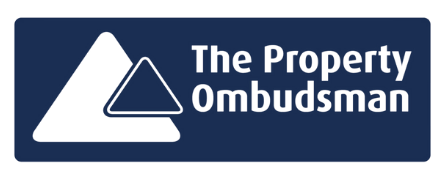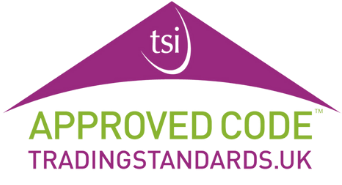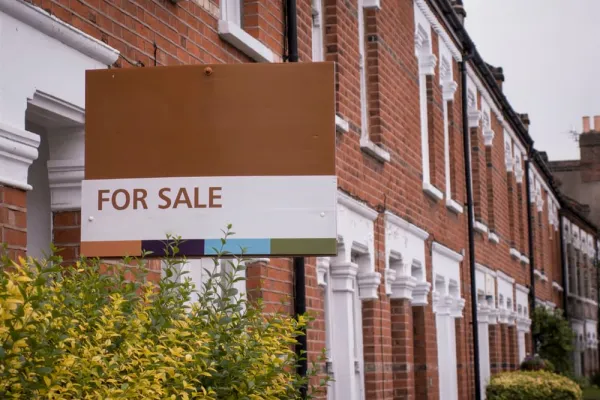Stamp Duty has existed for a long time – since 1694!
However, Stamp Duty Land Tax began in 2003. And the 3% Surcharge was only introduced in the past decade.
Understanding what Stamp Duty is can help people avoid or reduce it.
What is Stamp Duty?
Stamp Duty Land Tax (SDLT) is a tax on any property or land you purchase in the UK over a specific value.
(In Wales and Scotland, it has a different name and specifications.)
The amount you need to pay is different for first-time buyers.
Rates can also vary depending on:
- How many properties you own
- How many property transactions you are involved in
- Whether you are a UK resident.
If this is not your first property purchase, you must pay stamp duty on purchases above £250,000.
Stamp Duty thresholds
From 1st April 2025, the stamp duty thresholds are as follows:
- Up to £125,000: Zero
- The next £125,000 (the portion from £125,001 to £250,000): 2%
- The next £675,000 (the portion from £250,001 to £925,000): 5%
- The next £575,000 (the portion from £925,001 to £1.5 million): 10%
- The remaining amount (the portion above £1.5 million): 12%
You can claim a discount if you’re a first-time buyer purchasing for under £625,000:
- 0% up to £425,000
- 5% between £425,001 to £625,000.
Ways to avoid Stamp Duty
Negotiate on house price
The higher the value of the house you buy, the more stamp duty is due.
You should thus negotiate this as low as you can.
In extreme scenarios, it can save hundreds of pounds.
Pay for fixtures and fittings separately
Separating these two things is another way to reduce the initial house value.
This can decrease the stamp duty that you must pay.
Utilise the thresholds
You can see a summary of the thresholds further above.
You could use this to guide you in the house value you are looking for.
To pay less stamp duty, avoid tipping into a new threshold. And utilise the relief schemes available from the government.
Gift money to a first-time buyer for them to capitalise on
A first-time buyer doesn’t have to pay as much stamp duty.
If you want to buy a house but don’t care who owns it, then this is worth considering.
What is the 3% Stamp Duty surcharge?
The 3% Stamp Duty Surcharge means that you pay an increased tax rate on second homes.
You will pay an extra 3% tax on top of the typical stamp duty rates.
For example, if you usually have to pay 5% tax, this would go up to 8%. If it is usually 10%, then the figure goes up to 13%. And so on.
The 3% Stamp Duty Surcharge, when calculated as a percentage of your sale price, can significantly increase your costs.
This additional surcharge often dissuades many from investing in a second home. Especially when profit margins are tight.
Why does the 3% Stamp Duty Surcharge exist?
When the Stamp Duty Surcharge was first introduced, it was proposed to make things fairer for first-time buyers.
That’s a big reason that discounts exist for first-time buyers.
The surcharge means that wealthier individuals can’t make as much profit as they otherwise would. This raises more money for HM Treasury.
Can I avoid paying the 3% Stamp Duty Surcharge?
You can avoid paying the 3% Stamp Duty surcharge in certain circumstances.
The UK government provided most of these scenarios as guidance for what would or wouldn’t apply.
Replacing your main residence
If the property you purchase replaces your main residence, you will not have to pay the 3% surcharge.
This applies even if you own an extra property at the same time.
Transferring ownership
If you transfer ownership (or part ownership) of a residential property to your spouse, the higher rates do not apply.
This is provided that no one else is involved in the transfer.
Moveable property
The 3% higher rate of SDLT does not apply to “moveable” property.
Examples include:
- Caravans
- Houseboats
- Mobile homes.
It also applies to property with seven years or less left on the lease.
Inherited property
You also do not usually have to pay Stamp Duty on your inherited house. However, inheritance tax will usually apply in this scenario.
There are several other examples when the 3% Surcharge would not need to be paid. Speak to a qualified expert if you’re unsure.
Their support can give you the confidence to navigate the complexities of Stamp Duty and the 3% Surcharge.
Do non-UK residents pay more Stamp Duty?
You usually pay more stamp duty if you are not a UK resident. At the time of writing, this is 2% higher than the typical rate for a UK resident.
In this context, you are usually legally considered a UK resident if you lived in the UK for at least 6 of the 12 months before you purchased the property.
Does Stamp Duty exist in Wales and Scotland?
Yes. In Wales, it is called ‘Land Transaction Tax’. And in Scotland, it is called ‘Land and Buildings Transaction Tax’.
The tax rates can vary slightly in these countries. So, you should seek the latest government legislation for the exact numbers.
How quickly does Stamp Duty need to be paid?
You usually have 14 days to file your stamp duty tax return and pay the amount owed. If you submit your payment late, you may be fined.
















